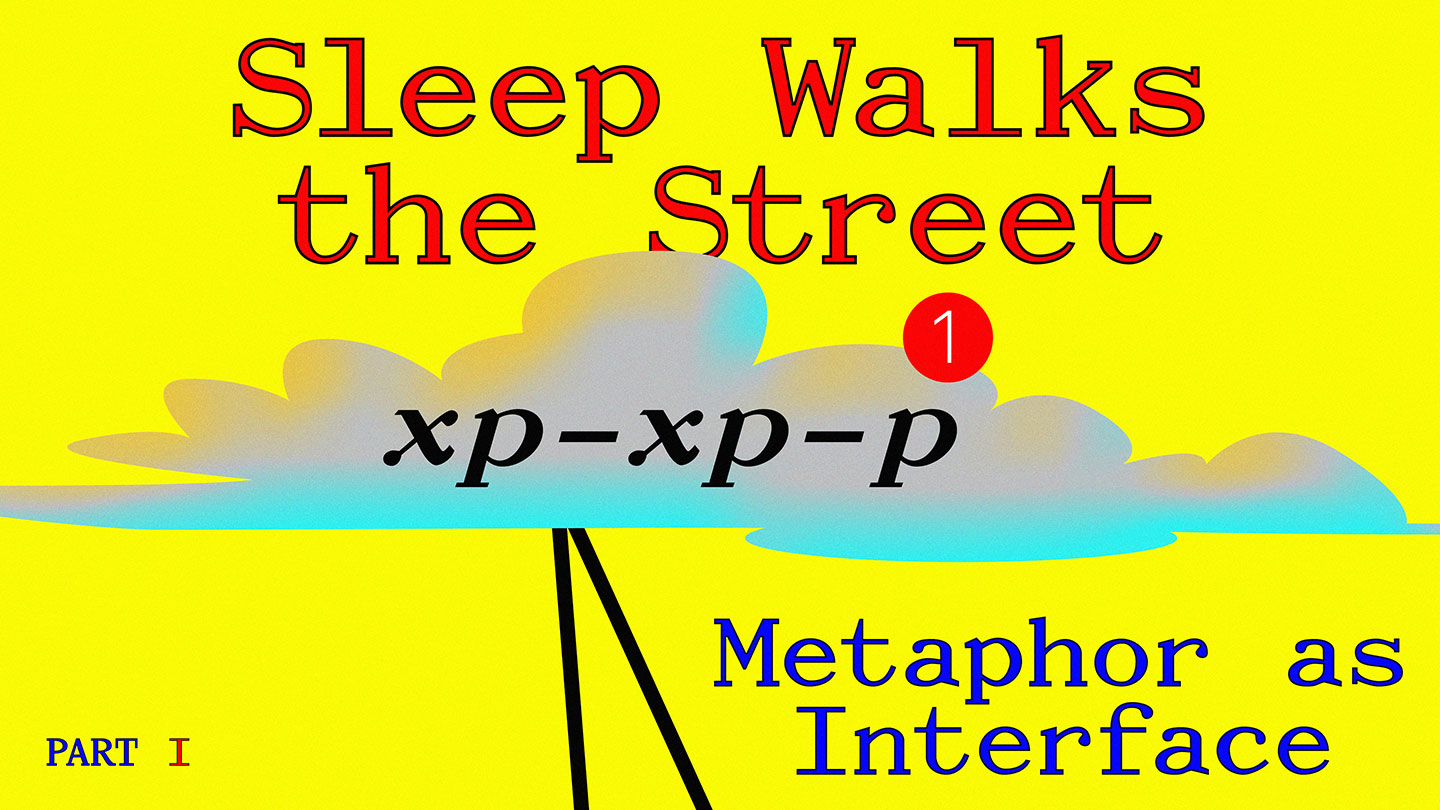Victor Klemperer, The Language of the Third Reich, trans. Martin Brady (Bloomsbury Academic, 2013), 15.
Klemperer, Language of the Third Reich, 86.
The term “arts of noticing” appears in Anna Lowenhaupt Tsing’s 2015 book The Mushroom at the End of the World as a way to describe one’s perception of the environment under precarious circumstances. It applies to Klemperer’s methods of observing and subsisting amid the Nazi context. No longer able to carry out knowledge-gathering and knowledge-production from a position of privilege (such as an academic post), Klemperer’s mode of observing and writing is fundamentally touched by precarity and scarcity, as is the necessity to maintain brittle bonds with others whose political beliefs are sometimes all but certain.
Klemperer, Language of the Third Reich, 98.
Gloria Wekker, White Innocence: Paradoxes of Colonialism and Race (Duke University Press, 2016), 74.
Wekker, White Innocence, 74.
In 2013, television host Humberto Tan, after having been invited to host a late-night talk show on Dutch commercial network RTL, defended himself against being called an excuusneger. See → (in Dutch). As late as 2018, fashion entrepreneur Olcay Gulsen criticized the Dutch television system for being too white, pointing at the presence of merely a single excuusneger on its channels. See → (in Dutch). In saying so, Gulsen unwittingly affirmed that the perpetuation of a racist term can happen independently of political views—something Klemperer set out to prove in his book. The idea that words like excuusneger amount to racism has, strangely, been subject to denial, perpetuating the idea that race and racism are at play in all former colonial powers except the Netherlands—as Wekker points out, “essentially by acclamation, because we say that is the case.” See Wekker, White Innocence, 79.
See →.
See →.
Lev Manovich, Software Takes Command (Bloomsbury, 2013), 155.
As we will see in more detail in Part 2, the term “absurdism” does not entirely cover what Vvedensky and his artistic contemporaries were doing both artistically and philosophically.
Metahaven, “Pirates, Parrots, Poetry: Conversation with Eugene Ostashevsky,” in PSYOP: An Anthology, eds. Metahaven and Karen Archey (Koenig Books, 2018), 78.
Klemperer, Language of the Third Reich, 45.
George Lakoff and Mark Johnson, Metaphors We Live By (University of Chicago Press, 1980), 5.
Fredric Jameson, Allegory and Ideology (Verso, 2019), 4–5.
Kateryna Pilyarchuk and Alexander Onysko, “Conceptual Metaphors in Donald Trump’s Political Speeches: Framing his Topics and (Self-)Constructing his Persona,” Colloquium: New Philologies 3, no. 2 (2018).
Bryan Meadows, “Distancing and Showing Solidarity via Metaphor and Metonymy in Political Discourse: A Critical Study of American Statements on Iraq During the Years 2004–2005,” Critical Approaches to Discourse Analysis across Disciplines 1, no. 2 (2007).
Jacob Siegel, “Is America Prepared for Meme Warfare?” Motherboard, January 31, 2017 →.
Wekker, White Innocence, 11.
See → (in Dutch).
See → (in Dutch).
See → (in Dutch).
See → (in Dutch).
Indeed, “Metaphors, Tropes, and other Rhetoricall figures” may be “lawfull to say,” yet “in reckoning, and seeking of truth, such speeches are not to be permitted.” Thomas Hobbes, Leviathan (Penguin Classics, 1982), 114–15.
Klemperer, Language of the Third Reich, 199.
See → (in Dutch).
“Annabel Nanninga, lijsttrekster FvD Amsterdam,” →.
Alexander R. Galloway, The Interface Effect (Polity, 2012), 72.
Galloway, The Interface Effect, 74.
George Lakoff, “No One Knows Why Trump is Winning. Here’s What Cognitive Science Says,” Evonomics, 2016 →.
Klemperer, Language of the Third Reich, 157.
Klemperer, Language of the Third Reich, 160.
Klemperer, Language of the Third Reich, 159.
Benjamin Bratton, The Stack (MIT Press, 2016), 71, 229.
Bratton, The Stack, 229.
Arjun Appadurai, Banking on Words: The Failure of Language in the Age of Derivative Finance (University of Chicago Press, 2016), 149.
Appadurai, Banking on Words, 130.
Klemperer, The Language of the Third Reich, 10.
